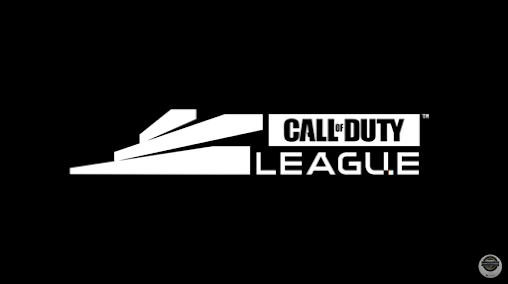How to play Monster Hunter World: Iceborne
Intro Into Monster Hunter
The Monster Hunter franchise is a series of fantasy-themed action videogames developed by Capcom that dates back as far as 2004 where it debuted with the name simply as Monster Hunter for both Japanese and American audiences. Despite this, its popularity was struck with the Japanese audience for most of the series; however, it later went on to become much more popular in the newest installation in both countries and in some way, shape, or form made the series a mainstream videogame. Even though this series boasts a simple name anyone who plays the game can tell you that the game isn't as simple as "hunting monsters", it's much more than that in the way it expects the player to grow throughout the experience, and in Monster Hunter World it was made easier for people who were new to the series to get into the game. Furthermore, aside from the simple name lets get more into the basics of monster hunter and the must-knows to have a much simpler time with Monster Hunter World.
Starting Monster Hunter
Basics:
When jumping into any game in the franchise you will be able to create your own customizable character that you will use throughout the game. After creating your character you will be put into the game where you are immediately given the choice to pick from 14 different weapon types that all have their own playstyle; for the sake of this guide, we will be using the PS4 controller layout(all console controllers have same layout/button location). All weapons have generally the same button layout and the ones you want to get familiar with are the R2/trigger button, the X button(dodging), the triangle button(heavy attacks), and the circle button(light/special attacks). While the button layout looks pretty simple, it is actually more complicated than that. Picking a weapon may seem easy, however, learning the weapon can seem daunting; some recommendations on which weapons to use are Great Sword, Long Sword, Sword & Shield, and the Hammer.
Great Sword:
The great sword is one of the bigger weapons that do great amounts of damage when striking a monster. When using this weapon, you will make use of its charge attack(triangle button) which has three charge levels and greater damage the longer the charge is held. The great sword is all about timing and positioning and requires knowledge of monster attack patterns to be used effectively. If you find yourself in a pinch, you can always block(R2 button, AKA trigger button), though you will lose a lot of the weapons sharpness.
Long Sword:Useful Tips For Hunts
When starting a hunt there are a couple things to look out for:
1) Make sure to stock up on things that will be useful in a hunt such as potions(most essential) and items that will make fighting the specific monster easier. For example, if the monster can fly then it would probably be wise to bring items that can ground the monster such as flash bombs or shock traps for monsters that primarily fight on the ground to make keeping them in place much easier. Also, don't worry if you don't have these items available yet because they will become more abundant and available as you progress further into the game.
2) Use a weapon that you are comfortable with that has high attack damage or element damage(shown in the picture below).
- Fire attack: inflicts fire damage on a monster.
- Watter attack: inflicts water damage on a monster.
- Ice attack: inflicts ice damage on a monster.
- Thunder attack: inflicts lightning damage on a monster.
- Dragon Attack: inflicts dragon damage on a monster.
There is also a different type of element which are called status effects:
- Blast: Builds up explosion(creates an explosion that causes damage) damage through player attacks
- Sleep: Builds up sleep(puts the monster to sleep) damage through player attacks
- Poison: Builds up poison(afflicts the monster with poison that causes damage over time) damage through player attacks
- Paralysis: Builds up paralysis(paralyzes the monster for 6 seconds) damage through player attacks
- Stun: Builds up stun(much like paralysis but instead topples monsters) damage through player Blunt attacks(shield bashes or hammer attacks)
The Monsters
The monsters make up the huge backbone of this franchise and it wouldn't be right if didn't give them their own category. There are two main types of monsters:
Large Monsters - Consist of the main group of monsters in the game and have many subcategories for specific types such as:
- Bird Wyverns: serve as an introductory monster that warms up the player
- Brute Wyverns: serve as a challenge for most new players through their relentless attacks that do high amounts of damage but have slow movement.
- Fanged Wyverns: these monsters are much more nibble on their feet as they have fast attack patterns and also do plenty of damage if the player isn't careful.
- Flying Wyverns: are much harder compared to the previous monsters in which it combines hard-hitting attacks as well as the ability to fly which makes it hard to land attacks on some of the monsters' weak-spots.
- Elder Dragons: The hardest monster type to fight and provide the player with the ultimate Monster Hunter experience in how they have a large amount of health and inflict the hunter with huge amounts of damage
Pave Your Path
Now that you've gotten a grasp for what to expect, you can now set foot into the world of Monster Hunter. Get out there hunter, and may the Sapphire Star light your way.

















Comments
Post a Comment